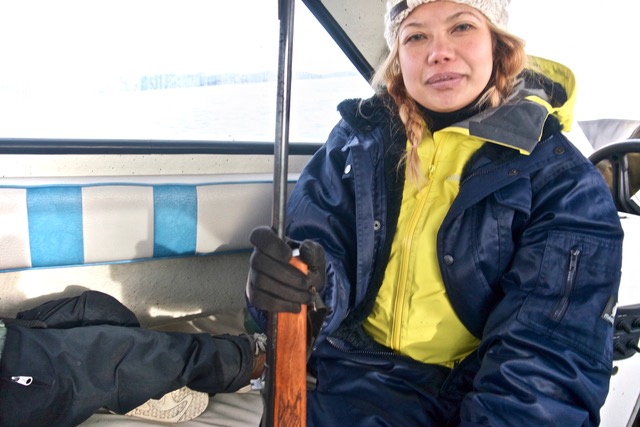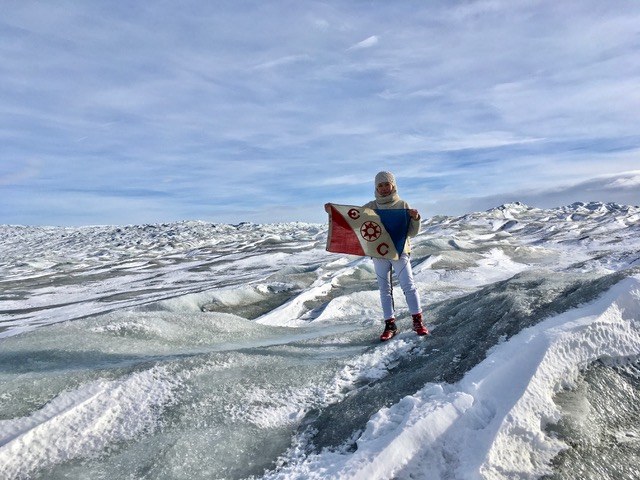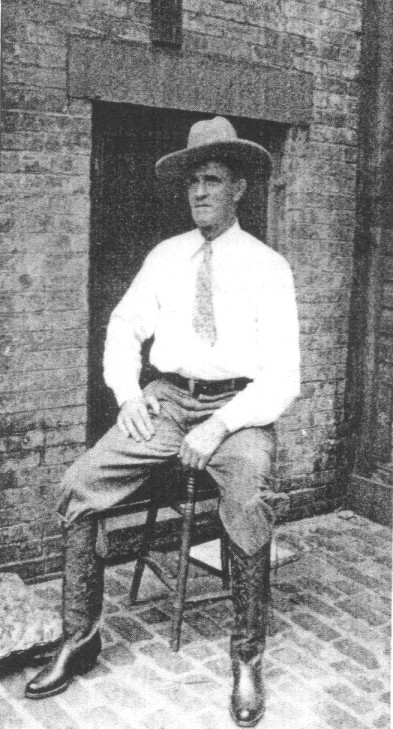Kangerlussuaq, Greenland
11th of March 2019
Dear Reader and Explorer,
When Mikael and I left for Greenland to collaborate with local Greenlanders documenting rapid changes in climate, we were embarking on a very ambitious project. Following our Flag Report is a summary of our original proposal. Although we managed to capture elements of seasonality and how hunters perceive ‘climate’, at times it was not without doubt. We managed to capture images of seasonality in the formation of sea ice. However, we were unable to utilize four film cameras, two for ourselves and two for the Greenlandic family. With one film camera, cameras on Ipads and Iphones, we documented physical properties of ice and snow, and conversations from hunters talking about climate or Inuit concept of climate, sila. What proved to be most difficult due to constraints of time and our daughter’s eye illness was to gain genuine collaboration. As the flag report noted, the conversations about ‘climate’ only questioned if we were on the same level of understanding of what ‘climate’ meant in meaning. ‘Climate’ for hunters did not reflect short term cycles, or human contributors to climate change, or the environment. Climate changes were obvious because sila is made to change. The question was subtle, but hunters wondered, why ask if there are any signs of climate change, when climate continues to change?

A prolong stay in Qasigiannguit to steadily familiarize with hunters and fishermen was unachievable at this time. The year spent allowed for another perspective of climate. GLICK, Greenlandic local intuitive climate knowledge can be better stated as Sila, as Climate and Consciousness, SCC in a north west town of Greenland. This proved to be meaningful because we realised hunters’ value sila as climate in constant movement, in continuum and in relation to light noticeable during changes in seasons. As noted in the report, as climate is in constant flux, the starting point for why value the natural world begins with a line that follows an outlook on nature to be without alarm, following natural processes of constant movement. Recognising that hunters diverge in the line of initial thought of what ‘climate’ meant puts forward more responsive ideas for specific Arctic conceptualisations of ‘resilience’ and ‘adaptation’. Especially when environmental phenomenon is greeted with patience and calmness, assessments of climate change as ‘risk’ and ‘vulnerability’ can be dealt better within Inuit frameworks.
*Read the full report here!

